Optimal Conditions for Concrete Repairs
Concrete repairs are most effectively performed during specific weather conditions to ensure proper curing and durability. Ideal temperatures range from 50°F to 85°F, with low humidity and minimal precipitation. Repair work during extreme cold or heat can compromise the integrity of the repair, leading to cracking or improper setting.
Spring and fall generally provide the best weather for concrete repairs due to moderate temperatures and lower humidity.
Avoid repairs during freezing temperatures, high humidity, or rainy periods to prevent issues like cracking or weak bonding.
Temperature fluctuations can affect curing times, with extreme cold slowing down the process and heat causing rapid drying.
Proper planning includes monitoring weather forecasts to select suitable days for concrete repair work.
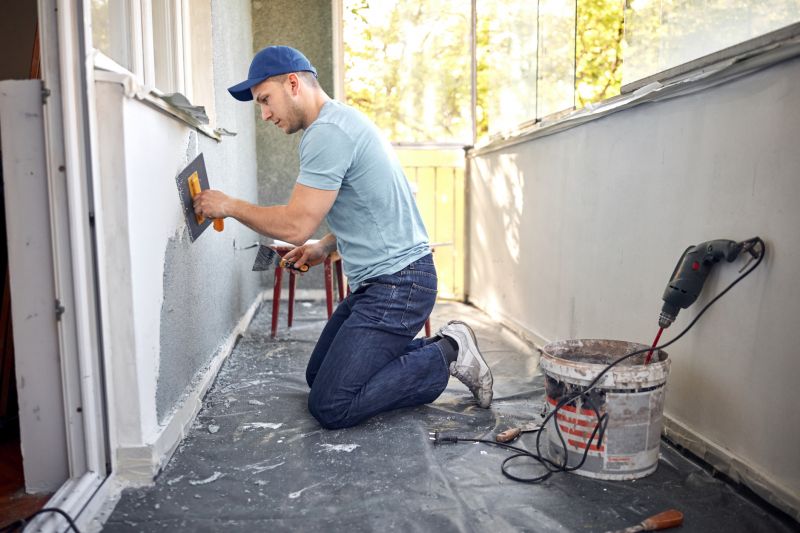
Ways to make Concrete Repairs work in tight or awkward layouts.
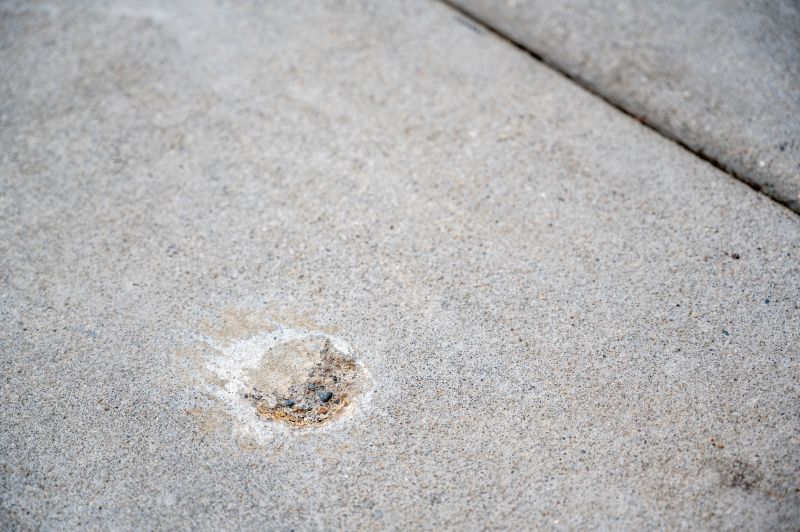
Popular materials for Concrete Repairs and why they hold up over time.
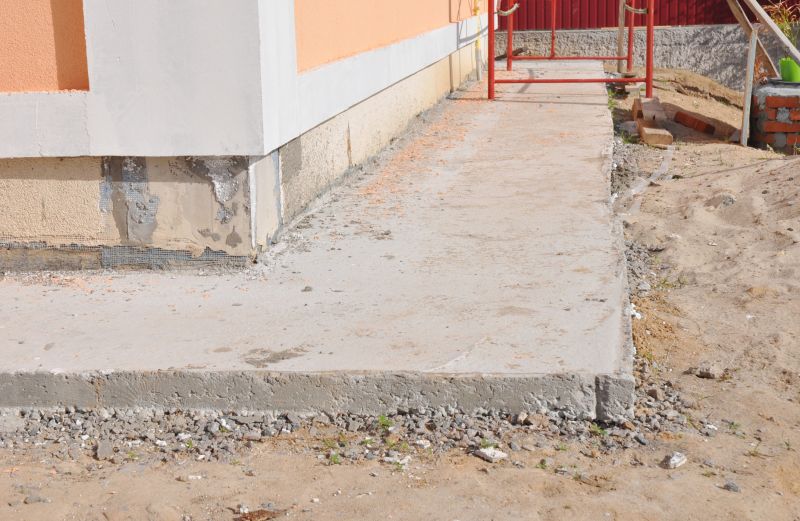
Simple add-ons that improve Concrete Repairs without blowing the budget.
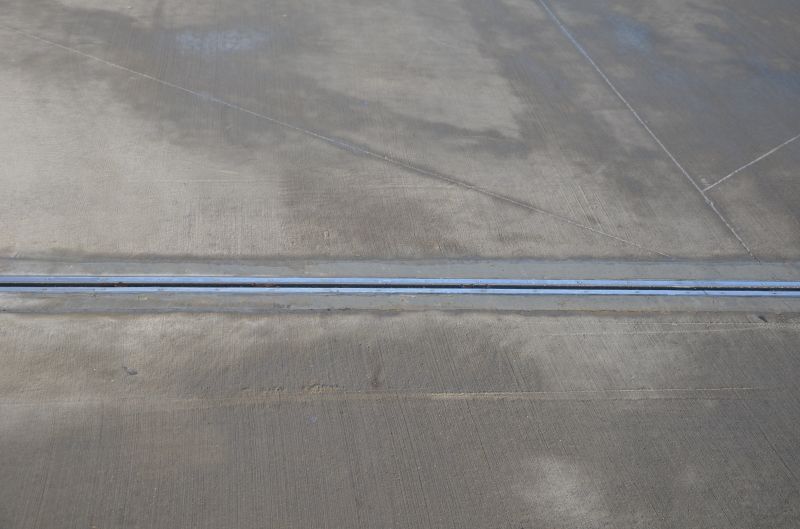
High-end options that actually feel worth it for Concrete Repairs.
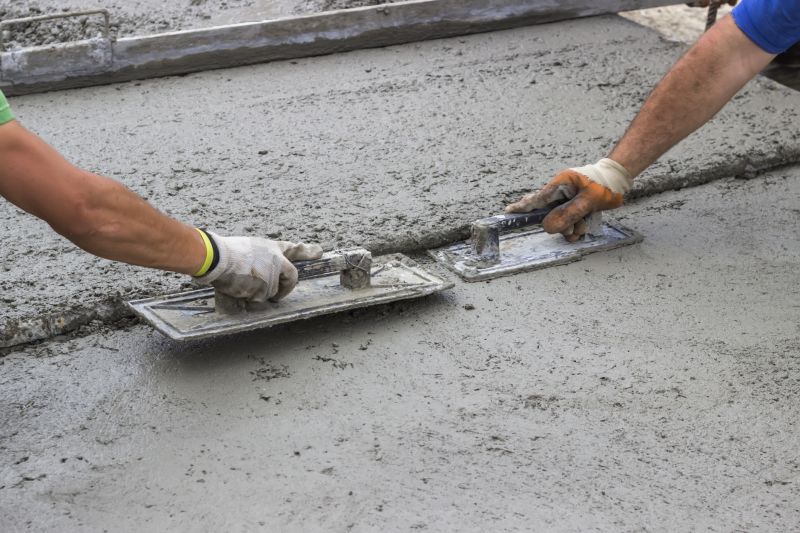
Finishes and colors that play nicely with Concrete Repairs.
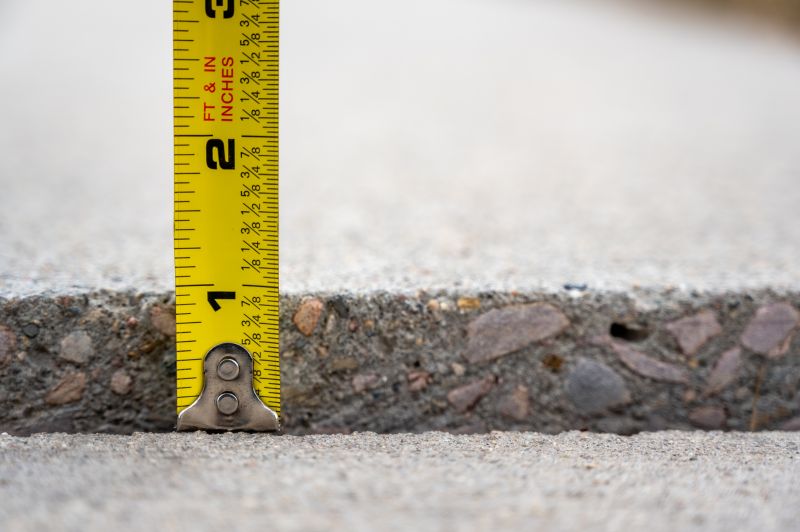
Little measurements that prevent headaches on Concrete Repairs day.
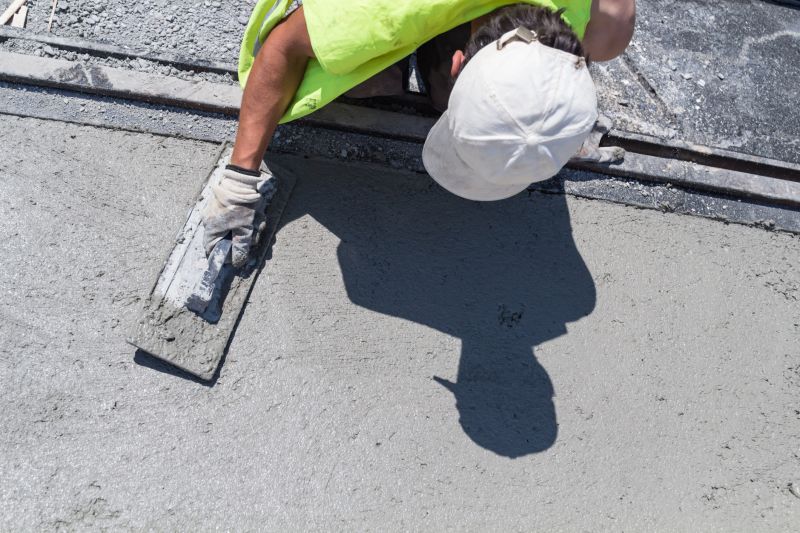
A 60-second routine that keeps Concrete Repairs looking new.
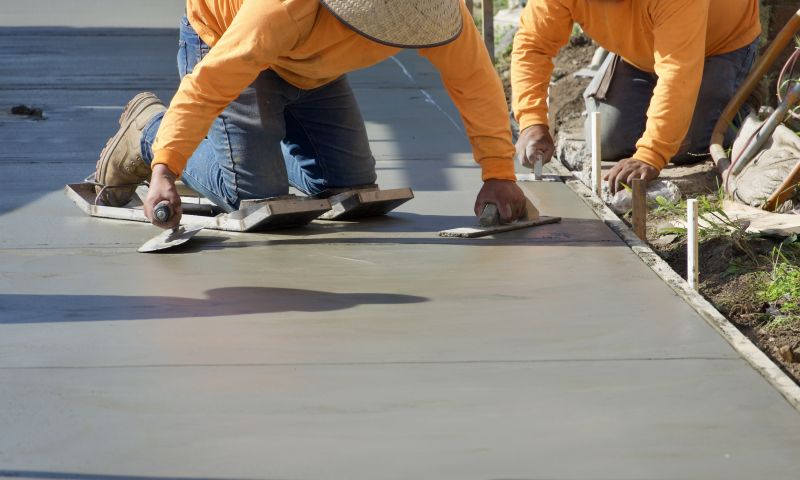
A frequent mistake in Concrete Repairs and how to dodge it.

Small tweaks to make Concrete Repairs safer and easier to use.
| Season | Recommended Conditions |
|---|---|
| Spring | Moderate temperatures, low humidity, dry days |
| Summer | Warm temperatures, avoid peak heat hours |
| Fall | Cooler temperatures, dry weather |
| Winter | Not recommended during freezing temperatures or snow |
Concrete repairs are essential for maintaining the structural integrity and appearance of surfaces exposed to daily wear and environmental conditions. Proper timing ensures the repair materials cure correctly, preventing future issues such as cracking, spalling, or uneven settling. Statistics indicate that repairs performed under optimal conditions can extend the lifespan of concrete surfaces by several years, reducing the need for frequent replacements.
The effectiveness of concrete repairs depends heavily on weather conditions during application. For example, cold weather can slow down curing times and cause improper bonding, while excessive heat can lead to rapid drying and cracking. Monitoring weather patterns and choosing appropriate times for repairs can significantly improve outcomes and durability.
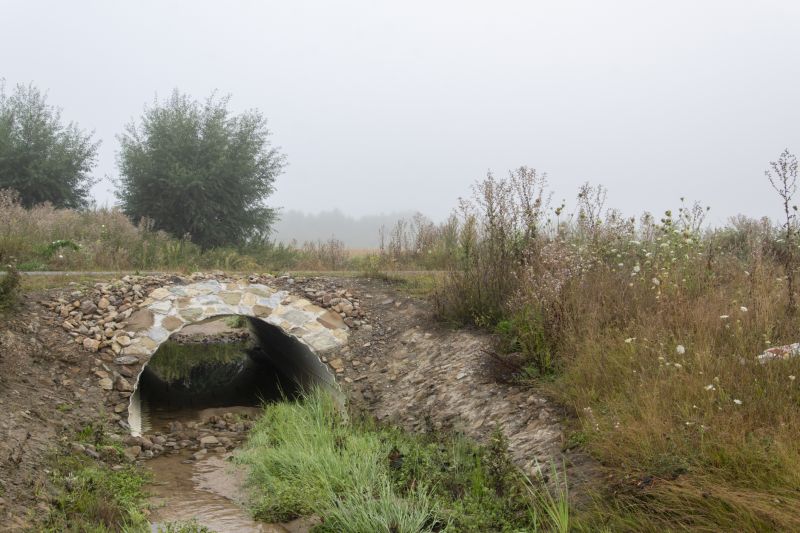
Lower-waste or water-saving choices for Concrete Repairs.
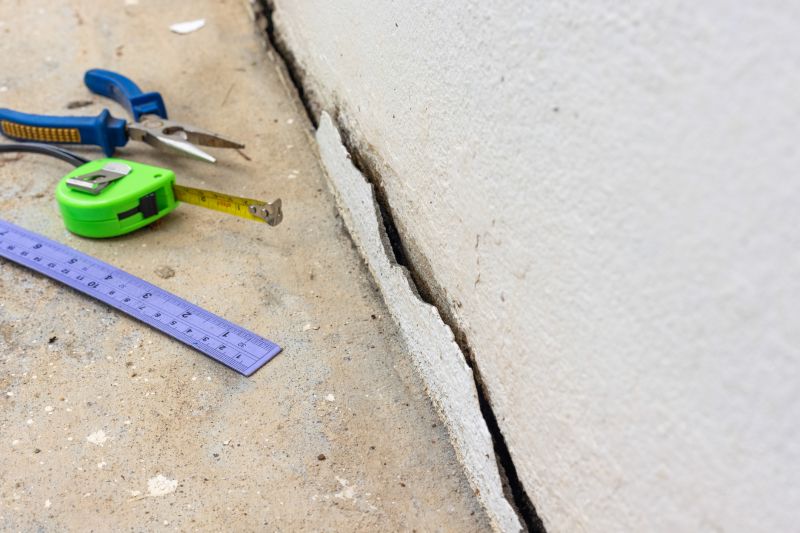
The short, realistic tool list for quality Concrete Repairs.

Rough timing from prep to clean-up for Concrete Repairs.
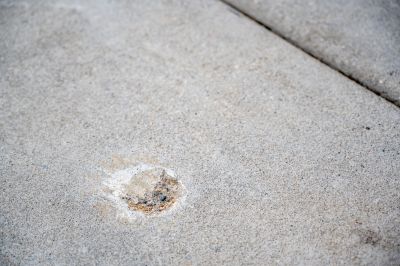
Quick checks and paperwork to keep after Concrete Repairs.
Interested parties are encouraged to contact for more information or to schedule a consultation regarding concrete repair timing and services. Proper planning and execution can ensure long-lasting results and optimal surface performance.
